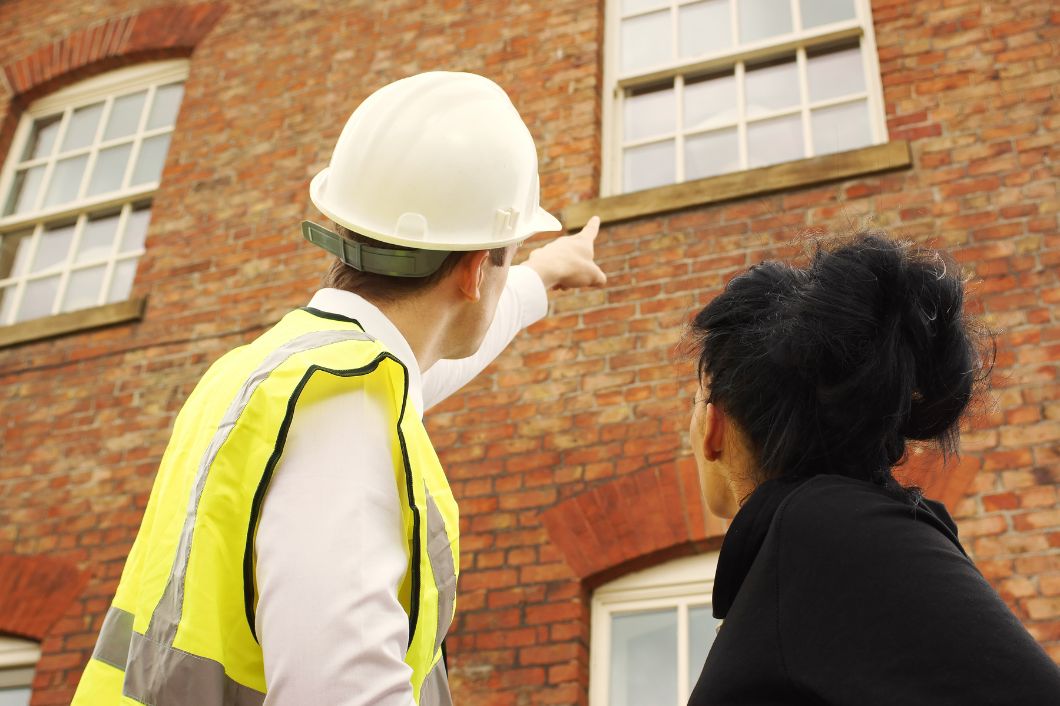Homeownership is a dream for many people, but it comes with challenges, notably maintaining a healthy living environment. Unbeknownst to many, homes can harbor a variety of health hazards, from mold and mildew to carbon monoxide and lead paint. These dangers can significantly impact your well-being.
Let’s look at some common health hazards for homeowners to know and understand.
Radon: The Silent Killer
Radon is a colorless, odorless gas that occurs naturally in the ground and can seep into homes through cracks in the foundation. It is the second leading cause of lung cancer, responsible for approximately 21,000 deaths in the United States each year. Understanding major sources of radon in most homes, like well water and soil, can help homeowners reduce its concentration indoors.
Mold and Mildew: A Breeding Ground for Health Issues
Mold and mildew are common household hazards that thrive in warm, damp environments. They can cause various health problems, from allergies and respiratory issues to skin irritation and headaches. Promptly addressing any water leaks or moisture issues and maintaining proper ventilation is essential for preventing mold growth in your home.
Carbon Monoxide: The Invisible Threat
Carbon monoxide is another colorless, odorless gas produced by malfunctioning appliances such as furnaces, stoves, and water heaters. Exposure to high levels of carbon monoxide can lead to severe health complications, including brain damage and death. Install carbon monoxide detectors in your home and regularly service them to ensure they function.
Lead Paint: A Danger in Old Homes
If you live in a home built before 1978, there is a high chance that it contains lead-based paint. Exposure to lead can cause various health issues—especially in young children—including developmental delays, learning difficulties, and behavior problems. If you suspect your home may have lead-based paint, get it tested and take necessary measures to reduce exposure, like encapsulation or removal to ensure the safety of your family.
As a homeowner, you should be aware of potential health hazards and take proactive steps to prevent them. Regular maintenance, proper ventilation, and radon and lead paint testing can help keep your home a safe and healthy place for you and your family. Don’t wait until it’s too late! Educate yourself to protect your health. Prioritize the well-being of yourself and your loved ones by staying informed about common household hazards and addressing them promptly.



